Saint Malo, a historic French port on the English Channel coast, is famous for having the highest tides in Europe, with breakwater defenses barely keeping giant waves from slamming into residential buildings.
Seeing Saint Malo at low tide and then again at high tide is like looking at two completely different towns. The buildings and the way they are laid out are the same, but the existence of a beach as wide as the eye can see at one point, and the complete lack thereof just a few hours later is truly strange. And not only does the ocean come in hard at high tide, but it’s strong as well, with giant waves pounding against the waterfront and splashing up to the top of exposed buildings.
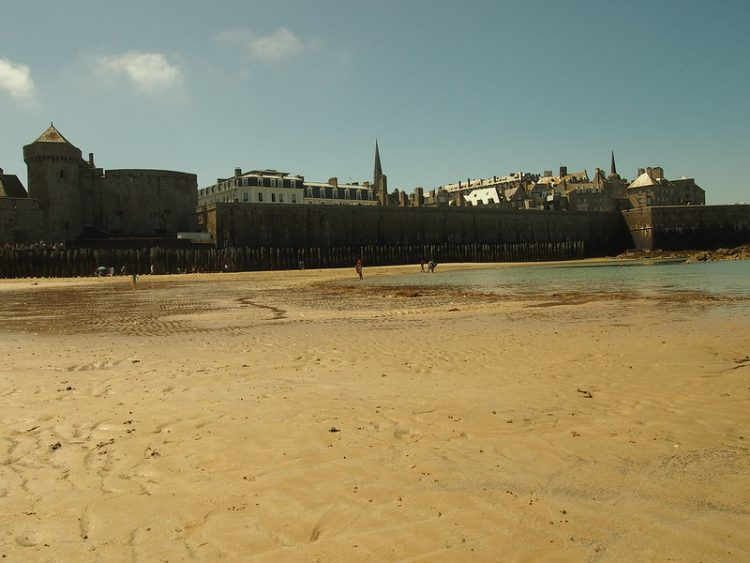
Photo: Francisco Gonzalez/Flickr
At low tide, the ocean is barely visible from the promenade of Saint Malo, a medieval walled city with a long history of piracy. In fact, the distance from the edge of the waterfront to the ocean is about 2 kilometers. But the 0ver 3,000 large wooden piles sticking out of the sand in straight lines lets you know that not everything is as it seems.
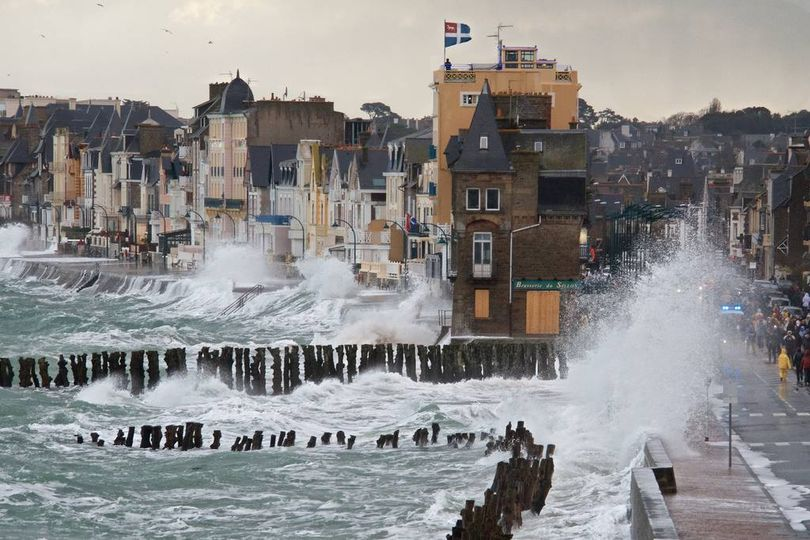
As the sun descends towards the horizon, the water level starts to rise, and before you even realize what’s going on. it completely floods the beach and starts pounding away at the concrete waterfront. Over the course of six hours, the water level can rise by more than 13 meters, at a pace that some locals compare to a person walking really fast. To make sure no one gets caught by the high tide, lifeguards make sure that no stragglers remain on the soon-to-be-flooded beach every evening.
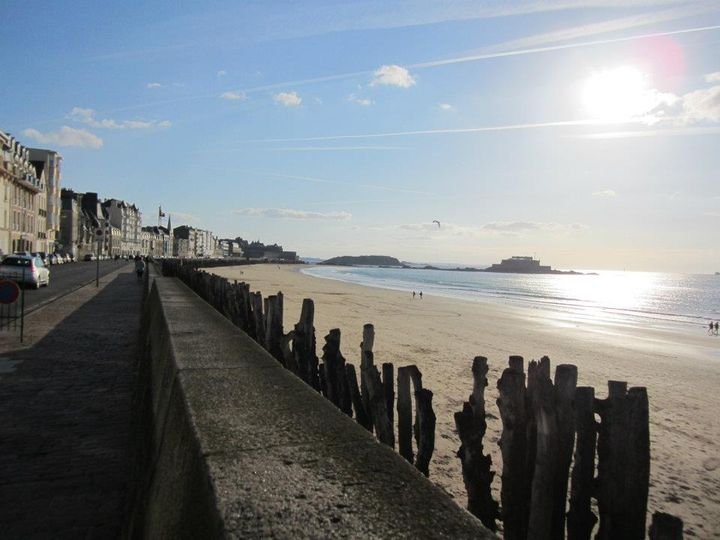
Those wooden piles we mentioned before? They are the breakwater designed to absorb some of the massive power of the waves and protect the town. But even so, the water splashes impressively against the waterfront almost every evening, drawing large crowds curious to witness nature’s power. And while the spectacle is definitely something worth experiencing, there is a reason why the promenade is lined with signs that read “DANGER!”.
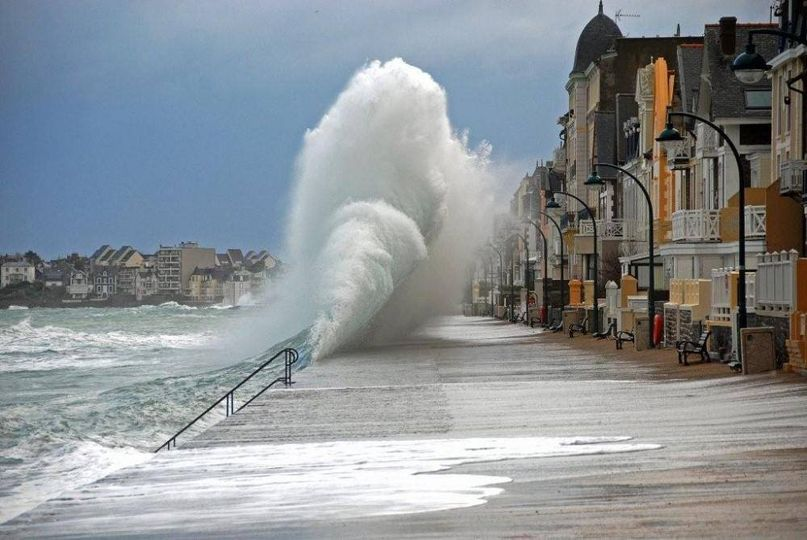
The ocean puts on a show in Saint Malo all year round, but the tides are particularly high around the equinoxes, in March and September, and when there is a full moon. If these conditions happen to coincide with a storm, things can get pretty dicey for anyone caught in the open. Waves dozens of feet high sweep over the wooden breakwater, smashing into the waterfront, with huge splashes washing the most exposed buildings.
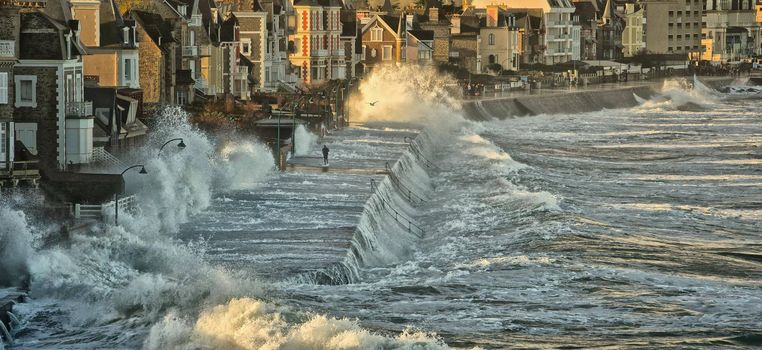
Fortunately, these dangerous conditions coincide on rare occasions. When that happens, authorities make sure to close up the promenade and the most exposed streets of the town. The people living in those buildings closest to the water apparently have thick, four-layer windows that can resist large splashes of water.
Videos of extreme waves washing over the Saint Malo waterfront often go viral on social media, and for good reason. It’s a spectacle unlike any other, one that attracts over two million tourists to the French town every year.

